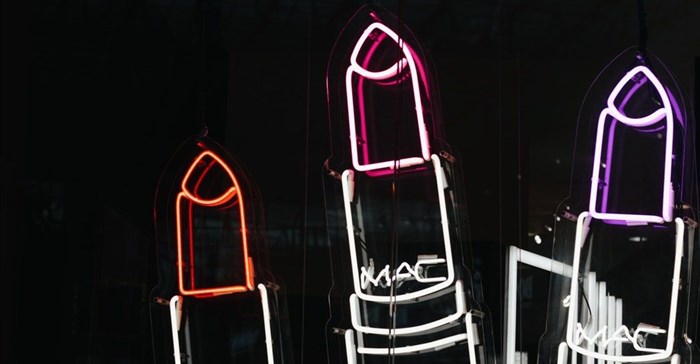
Where am I going with this? My choice in lipstick is deliberate. It is more than just a superficial colour selected on a whim. But, if you thought this was a make-up tutorial, it’s not. It’s a branding piece. Because branding, just like lipstick, is not purely cosmetic. As a key manifestation of a brand’s identity, colour has the power to serve as a vital cue to consumers. And just as a carefully selected shade of lipstick is able to communicate something about the person wearing it, a properly considered brand colour (underpinned by strategic purpose and meaning) matters in conveying what you stand for as a business.
You may be wondering how my lipstick’s colour affects your business. Just as my signature shade has strategic intent, the choice of colour to use for a brand’s visual identity should always be strategically driven. From a semiotic perspective, it is important to consider that colours convey symbolic meaning. Hence, in the process of developing a visual brand identity, certain colours are often selected for certain brands based on the associations they carry.
Branding has everything to do with identity. A brand is who you are: your name and why I should remember it. It’s the promise you make to the world, what people think and feel about the company when they interact with you. It’s the core set of values a company stands for and the statement you want to make in the world. And, one way to make (and emphasise) this statement over time is through leveraging the symbolic value of brand colour, consistently applied and reinforced across all communication touchpoints.
However, a lot of people use the terms ‘branding’, ‘advertising’, ‘marketing’ and ‘communication’ interchangeably. Branding is not advertising, it’s not marketing, nor is it PR; branding is the foundation, what happens before and during any communication disciplines or activities, which are expressions of the brand and how people experience it. That being said, in a branding context, everything ‘communicates’ – including symbolic elements of the brand’s identity, like colour. Brand colour, in this case, is like lipstick: it signals a deliberate intent (such as confidence, reliability, leadership, power or optimism), and it shapes perceptions while building meaningful relationships and affinity.
The psychology of colour dictates which colours elicit certain sentiments. From bright yellow that feels friendly, to dark blue that lends a sense of stature – each colour brings meaning. Though this type of psychology is contested in science, there is no denying that colours do influence moods, and moods influence actions.
Back to the lipstick analogy, let’s consider a brand that has truly understood the symbolic value of colour and, in doing so, built meaning into its identity and consumer experience: Kulula. Launched in 2001 as South Africa’s first low-cost airline, Kulula wanted to signal that it was different. Fast forward seventeen years later, and Kulula’s bright green – unusual in the airline industry – remains an integral part of its brand identity. But, this is not a case of simply trying to be different for the sake of difference alone. Instead, the bright green reinforces the brand’s quirky, fun, vibrant, somewhat irreverent personality. And when consumers think Kulula, they think green, quirky and affordable. This is how colour can be used to shape perceptions.
Lipstick is not superficial. It is an outward expression of an inward being. Branding is the same. As in my case, the correct colour hints at intentions: does your brand need to be bold or light-hearted, quirky or serious? Your ‘lipstick’ (i.e. your brand colour) will often also determine whether a consumer will notice you and engage with you, how they will see or relate to you and, indeed, if they will remember you. And, in the increasingly visual world we live in, there is simply no denying the fact that a strategically considered and relevant colour palette can truly help a brand to break through the clutter and make its mark in the world.
